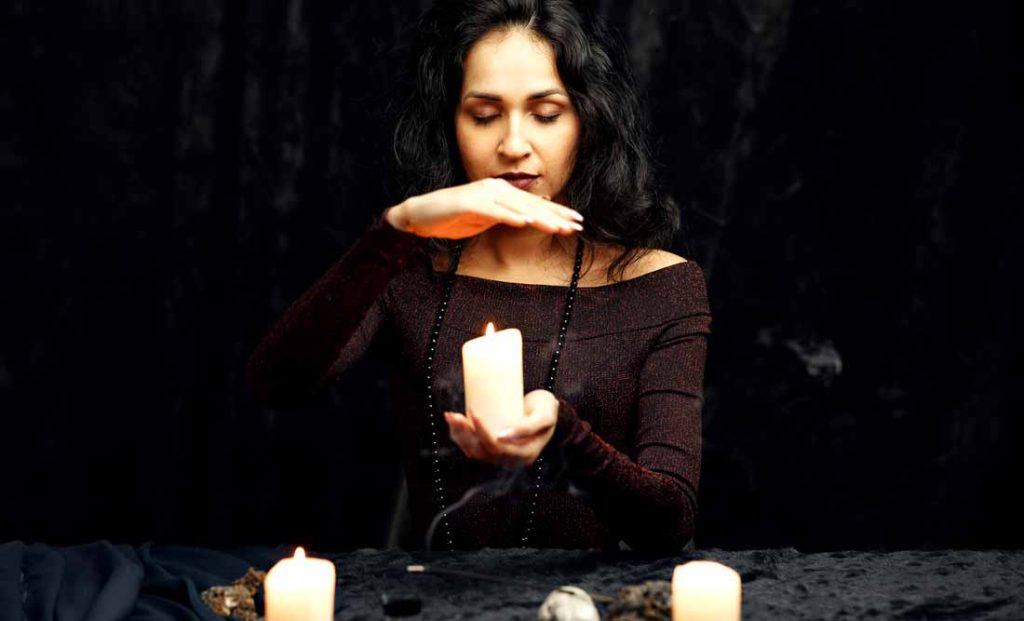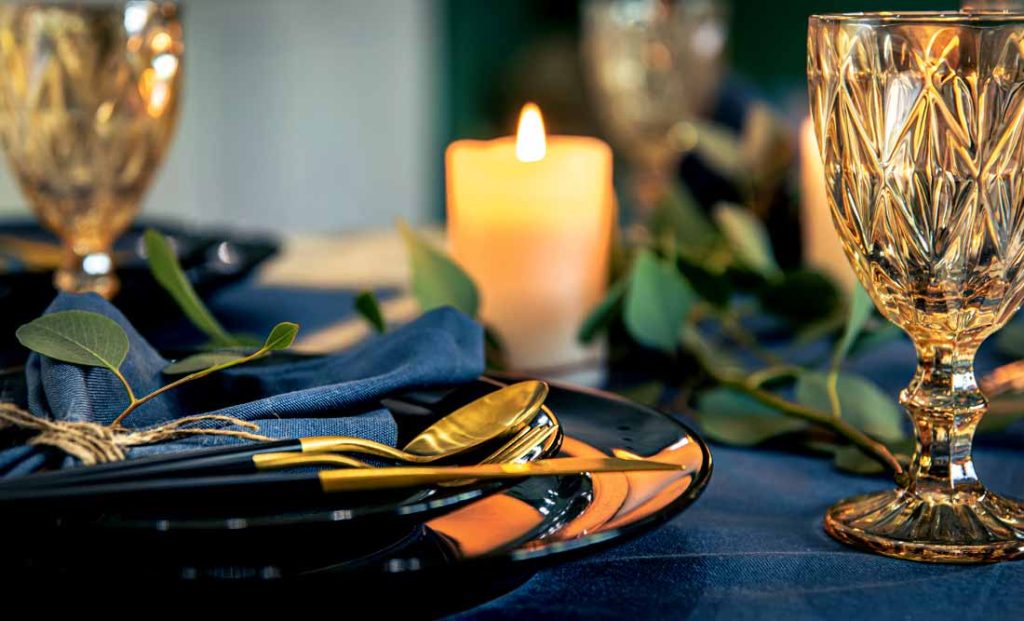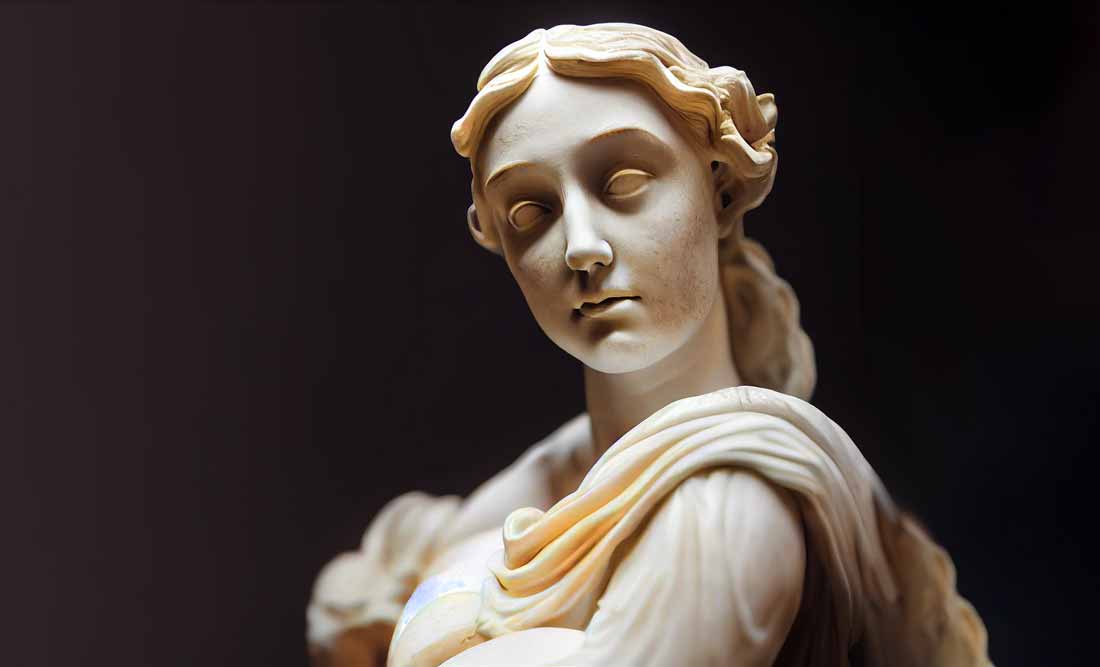Last Updated on November 11, 2022 by Avia
I’ve been thinking a lot about hearth and home these days. What makes a home? What imbues that sense of rootedness and connectedness within us that weaves a sense of belonging around where we call home for ourselves? These are moments when I turn to the symbolism of the goddess Hestia for clarity.
Table of Contents
Hestia’s Timing
I suppose these curiosities are triggered by this time of year. To explain, autumn is a time of great gatherings, giving thanks, and remembering the qualities that make up our sense of safety and security. So, as I ruminate about these themes, my mind couldn’t help but wander upon the lovely symbolism of the goddess Hestia. She is a Greek goddess that has represented the hearth and home for centuries. If I’ve piqued your curiosity, then I invite you to read forward about the inspiring story, myths, legends and symbolism of Hestia to slake your curious minds.
Tracking the Origins of Hestia

If you have any exposure to Greek mythology, then you know Greek deities can be a convoluted and sometimes crazy mix. Hestia is no different. In early Greek mythological thought, Hestia was one of the original Olympian goddesses. Alongside heavyweights such as Hera, Demeter, Apollo, Artemis, Ares, Aphrodite, Hermes, Poseidon, Athena, Hephaestus, Dionysus – and of course Zeus – Hestia was one of the 13 originals in the Olympic panel of gods and goddesses that ruled the earth in early Greek mythology.
From these original 13, a whole procession of beliefs and practices ensued. For example, some of these deities ruled the realm of agriculture. Some ruled hunting. Others governed the sea. Hestia was deemed the governess over the home, hearth, family, state, domesticity and also architecture, and hospitality.
Hestia is one of three virgin Greek goddesses (Artemis and Athena being the other two). Perhaps her vow of celibacy and her commitment to virginity won her honorable symbolism of purity, chastity, honor, and protector of the innocent.
Hestia’s Harrowing Beginnings
I like the symbolism of the goddess Hestia as the overseer of the home, because she herself had a harrowing start. What do I mean by that? Well, many of us who have struggled in our beginnings are some of the best caregivers and home-providers. At least, those among us who have had to contend with deep emotional pain in our formidable years often become hypervigilant in protecting young ones and providing a safe nesting place for those who are vulnerable. I believe the same holds true for Hestia.
To explain, Hestia was born to Titan mother and father, Cronus and Rhea. When Rhea gave birth to Hestia, Cronus immediately gobbled her up. Yes. Cronus ate her. He did this as a way to maintain his control and authority as a god. Cronus swallowed all his kids – save Zeus – who ultimately tricked Cronus into puking up all his offspring, including Hestia. Now, if living in the belly of a power-hungry father isn’t a tough beginning of childhood, I’m not sure what is. I mention it here because I think it’s very telling as to how Hestia overcame these gruesome odds to become a protector and symbolic figure of security and safety – especially for those who cannot protect themselves.
More Credence for Hestia’s Vigilance to Protect the Home
Not only is her birth a hair-raising factor in her deep commitment to protecting the home and family – so too are Hestia’s unfortunate encounters with ill-mannered suitors. To elaborate, Hestia had to fight for her purity and defend herself on several occasions. Both the god Apollo and Poseidon wanted Hestia for themselves. These two gods fought viciously to win her affection. In many versions of the myth, Hestia just got fed up with the machismo and reverted to a vow of celibacy – content to live a life without a partner (and all the chaos that ensues from sparring gods). In other myth versions, Hestia consciously chose a vow of chastity in order to maintain peace among the Olympians.
The fertility god Priapus also wanted Hestia. When I say “want” I don’t mean that in a cheery wedding ceremony. In fact, Hestia was championed by a donkey who helped her thwart the rapey advances of Priapus. Without that unlikely ally, Hestia might not have remained a virgin. That’s why to this day, the donkey is a sacred symbol of Hestia (read on for more info on the symbols of Hestia).
All this to say – Hestia’s vigilance to protect her purity can be translated into her commitment to protect the home, family, and maintain domestic peace. We could surmise that Hestia’s early conflict sculpted and inspired her to be ultra-assertive when it comes to being the defender of the defenseless, and a divine guardian of the homestead.
Symbols of Hestia
Every Greek goddess has symbols associated with her. These symbols might be tied in with her history. In other cases, goddess symbols are connected with a goddesses’ personality, theme, or overarching purpose in Greek mythological thinking. Ultimately, the symbols of Hestia and other Greek goddesses are meant to gain immediate identification of the power and purpose of a particular deity. Here are a few noteworthy symbols of Hestia.
Hestia and the Donkey
As mentioned earlier, the donkey is a sacred symbol to Hestia for its role of rescuing her from Priapus’ unwanted sexual advances. Without her noble steed in the form of a donkey, Hestia would very likely be raped which would have ruined her vow of honorable celibacy. The symbolism of the donkey ties in with one of their nicknames, “beast of burden.” To explain, donkeys are known as helpers, and they’ve aided civilizations by helping move, carry, and haul materials which would otherwise be cumbersome without their strong support. Donkeys are also symbolic of faithfulness, servitude, and partnership.
Home Fires and Hestia

You might say the term, “Keep the home fires burning” could very well be attributed to Hestia. To explain, in her heyday, almost every Greek family had a fire burning in their home to honor Hestia. These home fires were reciprocal in that not only were they smoldering to honor Hestia – the blaze was also a way to beseech Hestia’s blessings upon the home. Fire is symbolic of passion, survival, healing, and it’s also a symbol of transformation. When you consider nothing touched by flame ever remains the same – then you also get insight into the transformative powers of the goddess Hestia.
Swine and Pig Connections With Hestia
It might surprise you to learn that the porcine persuasion is sacred to Hestia. However, when you realize that swine are symbolic of fertility, motherhood, and nurturing to the ancient Greeks, it kinda makes sense. Hestia is a mothering archetype. That means she governs the protection and care of children and families. Ergo, having a pig as a symbolic partner makes perfect sense in ancient Greek mythological thought.
Chaste Tree as an Homage to Hestia
Proper name, Vitex agnus-castus and also known as a chaste berry tree, or monk’s pepper, this is a lovely and fitting symbol for Hestia. The chaste tree is more of a shrub than a tree, but it does get large and in charge. It is sacred to Hestia because some of its medicinal properties are meant to curb the libido (hence, upholding Hestia’s vow of chastity). Its flowers were often laid upon the hearth to honor Hestia. The leaves and berries from this plant were believed to possess healing properties for women’s reproductive systems. This reinforced the themes of fertility and family for which Hestia stands.
Architecture – Building Symbolic Structures With Hestia
While not necessarily a stand-alone symbol, architecture is a feature that is very special to Hestia. I like Hestia’s connection with constructive form. It hearkens back to her devotion to keeping the structure of the home sturdy and strong. A healthy home and family is built on a solid foundation. Considering this, it makes sense that architecture should be a symbolic scaffolding that surrounds the sacred essence of Hestia.
Ways to Celebrate and Honor Hestia

Okay, so we know this glorious Greek goddess is the overseer of hearth, family, and home. We’ve talked about her trials in her early existence. We now understand how overcoming those challenges positioned her as a champion for purity, protection, honor, respect, and devotion to grounding themes revolving around the roots of community and home. So, you’d be right if you guessed that celebrating the symbolism of the Greek goddess Hestia is all about rejoicing and acknowledging the simple pleasures of the homestead. With this in mind, here are a few keen ways to honor and incorporate Hestia into ongoing rituals and traditions.
Light a Fire
This ritual probably seems like a no-brainer. It is a way to mimic the ancient Greeks and the fires they lit within their homes to both honor and appease the goddess Hestia. If you feel your home energy is wonky, try lighting a fire in honor of Hestia. Or maybe you need a little familial boost. Starting a fire might bolster the mood. Say a few words to acknowledge the goddess Hestia’s presence and power in your home and in your family’s lives. If you don’t have a fireplace, don’t fret. Lighting a candle will do the trick. What’s most important is to tap into the healing, nurturing energy of Hestia while igniting a flame in her honor.
Build Something Meaningful
Remember that the symbolism of the goddess Hestia is not only about home and family – she’s also an advocate for solid building practices and architecture. Considering this, why not build something meaningful to both honor and be blessed by Hestia? I’ll give you an ancient example. Before breaking ground and building on a new territory acquired, the Greeks consecrated the project from the ground up.
To explain, Greek architects were known to use materials (dirt, soil, stones) from their homeland (Greece) when expanding on new building projects attained from expansion or territorial gain. This was a solid way of recognizing Hestia’s role in establishing a firm foundation. You can do the same (sort of) by constructing something that represents a connection to your kin, clan, and culture. This can be as simple as building a rock garden, or as elaborate as constructing an altar devoted to Hestia. The point here is to imbue your intentions to become more grounded and rooted in home and family matters as you build a fabulous new creative expression while invoking the supportive energy of Hestia in the process.
Share a Meal

In ancient Greece, various feasts were enjoyed during certain times of the year to acknowledge and honor Hestia. Unlike some hedonistic feasts (such as the heady humdinger festivals of Bacchus), Hestia meals were quite demure. Hestia’s meals should be shared with the intent of being grateful for the blessings bestowed within the home.
Shared meals in honor of Hestia are very similar to Thanksgiving traditions. Gathering around a table with family, friends, and loved ones to enjoy delicious foods is a beautiful way to reinforce ties. The themes of appreciation of family, savoring simplicity, celebrating roots, and focusing on love within the home is what Hestia is all about.
Closing Thoughts on the Symbolism of the Goddess Hestia
I’ll be frank with you. Hestia wasn’t the most glorified goddess in Greek myth. Her Roman counterpart, Vesta, didn’t really hit the top charts in popularity either. Nevertheless, I wrote this because I appreciate how Hestia endured tremendous challenges and suffering – yet she still affirmed herself and her power in Greek culture. Her diligence and commitment to home, children, family, hearth, security, and community is an endearing presence that I thought should be acknowledged.
In today’s age of isolation, with faces shoved in phones, and increasing separation from the simple pleasures of talking face-to-face, the tender moments of innocents, protecting family values, and standing up for the structure of the home – I think Hestia deserves an ovation for her efforts to unite rather than divide and conquer. Just thinking. I sincerely hope these thoughts and insights into the symbolism of the goddess Hestia are inspiring for you. As always, thank you for reading.
Mighty brightly,

© Copyrighted. All Rights Reserved.










